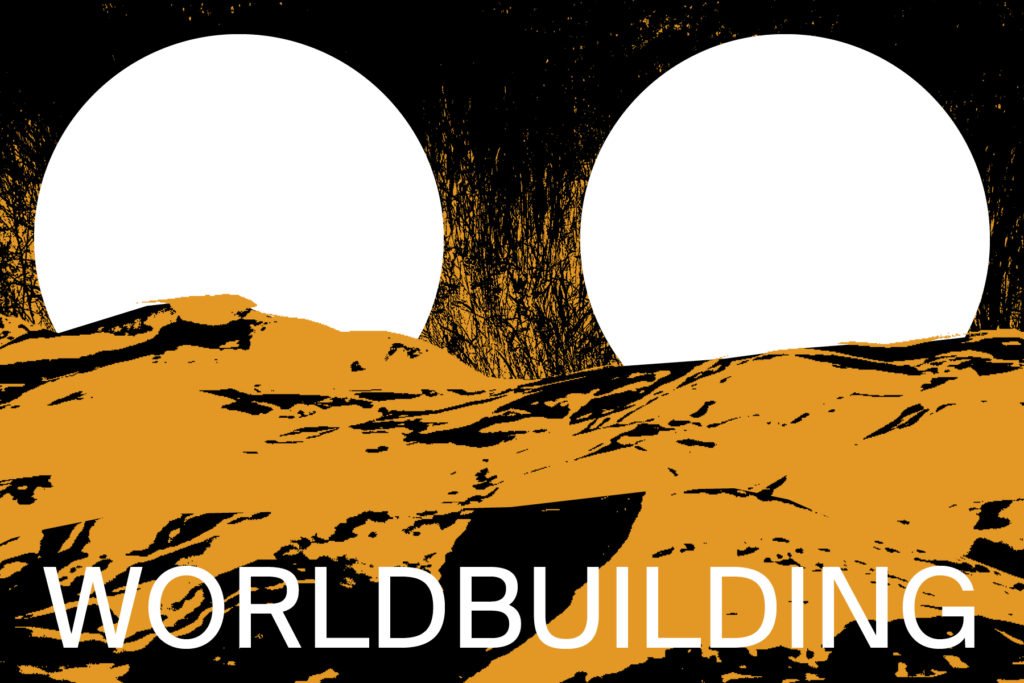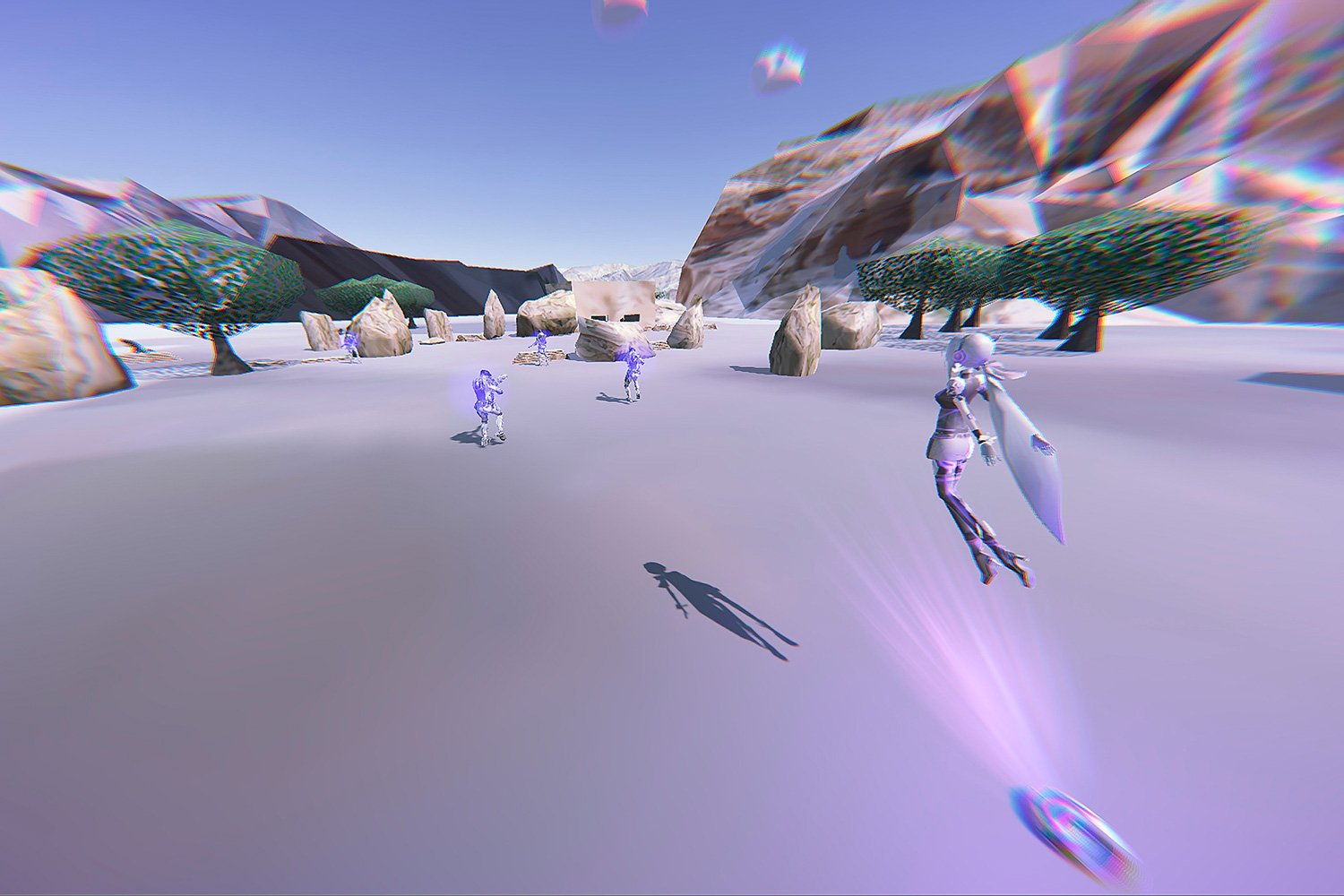Review in Canadian Art
I really appreciate this article by Tatum Dooley for Canadian Art on the Worldbuilding exhibition curated by John G Hampton and Maiko Tanaka at Trinity Square Video. My work Project H.E.A.R.T. which highlights VR and emotions made with Alex M Lee is featured, among other great works by Jeremy Bailey Kristen D Schaffer Eshrat Erfanian and Yam Lau. Following is an excerpt from the article:
“The gamification of our bodies renders the physical form void, replaced by screens where our bodies and emotions can be morphed and manipulated. Perhaps the only way to create art with technology as advanced and recent as VR is to reckon with its potential consequences.
Gee’s project, the most realized out of the four artists in the exhibition, masters this reckoning. I spoke with Gee in the lead-up to the exhibition, and she explained the conceptual backbone of the piece. “I’m working through questions of emotional sincerity when it comes to self-help. In theory, if you can technologically master your emotions, if you can just make yourself excited, then you can make yourself a better, happier person. I don’t know how sincere that is…”
Click on the link below for the full article.
In general, I feel very proud of this work but also very exhausted by it. Through the project I’ve been working through the relationship between pop music and war, self help and sincerity, and ultimately I’m working through these issues of technique and technology in how life and trauma comes to us. During the panel for the exhibition, there was a question of whether I was “pro-war”, and it’s one that I have received a few times in facebook messages from curious friends from far away. The project is complex and difficult to read because I think it has to be. It reflects my own mediatized understanding of international conflict, maybe my own frustration at my lack of understanding.
The best I can understand war is how it is mediated to me: through video games and news cycles, through abstract discussions on the radio. The goal of this project was never to address the terror and complexity of geopolitical conflict, but rather, to propose a psychedelic pop culture mirror, imagining a video game ruled not by characters that espouse self-righteous violence and grit, but technologically manipulated empathy and enthusiasm. This game fails to address war in the same way that all technologically mediated attempts to do so fail to address war. I also am also dissatisfied at the idea of an artistic protest that makes a cartoonish, morally didactic utopia where rainbows and love shoot out of guns instead of flesh-tearing bullets. I think the answer about the politics of this game lie in the end screen: an abstract screen that confronts you with statistics of death and trauma as a result of the battle itself. I don’t think there is a way to win the game.




